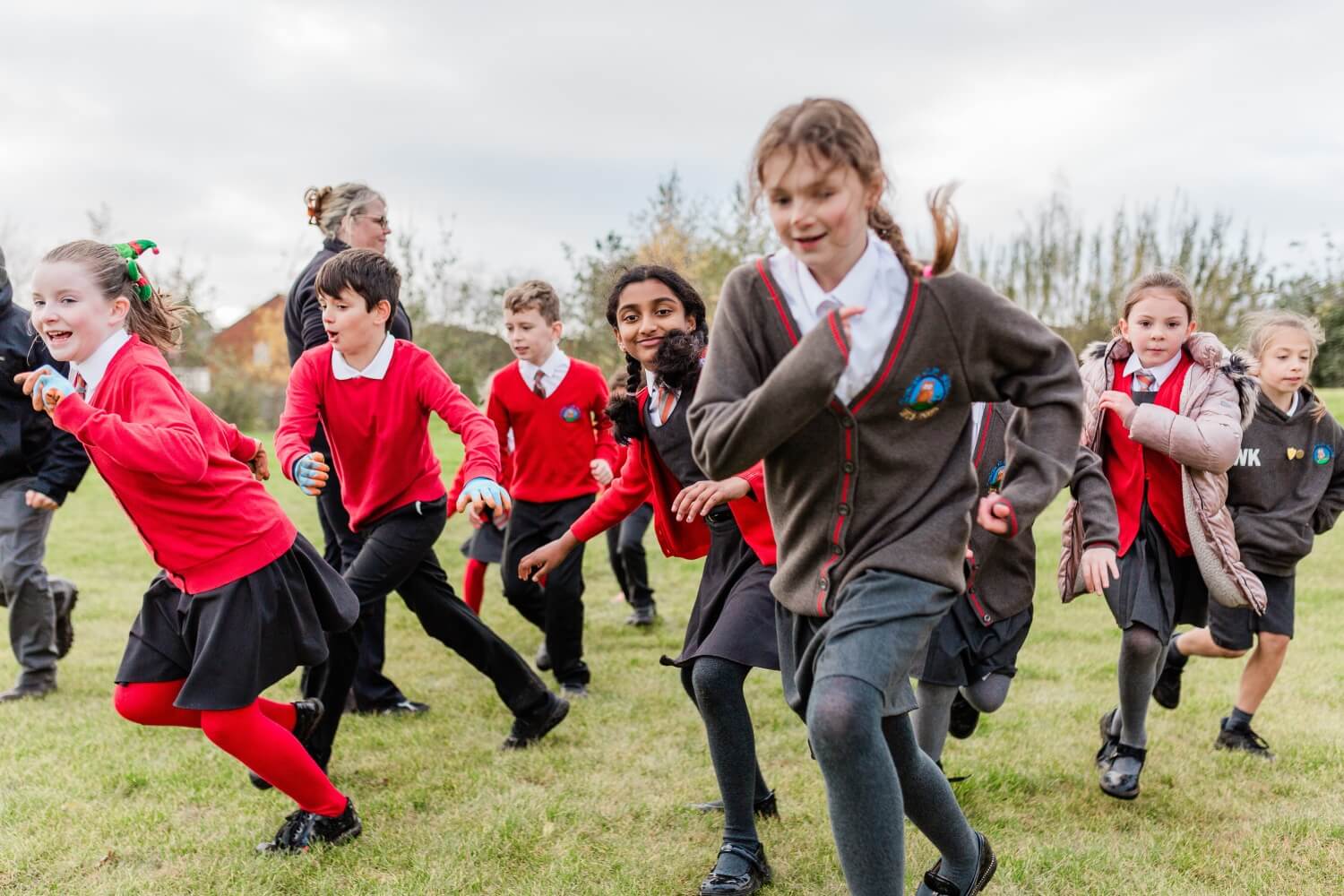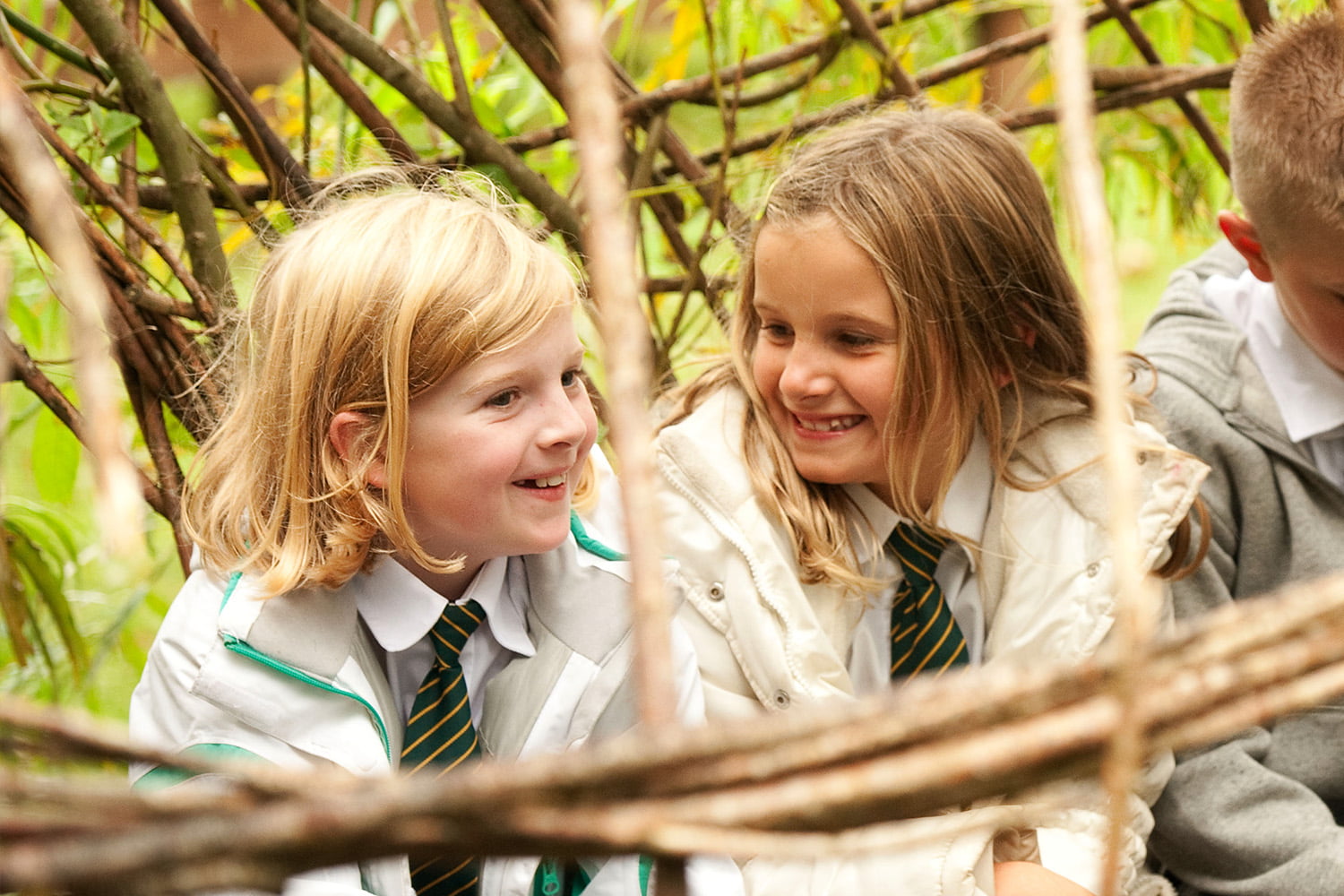Reclaiming school grounds for children’s mental health
Ahead of Children’s Mental Health Week, Merrick Denton-Thompson explains why we must maximise the potential of our school grounds to support children’s mental health.
As we all try to keep our New Year’s resolutions, one critical resolution needs our immediate attention: nurturing the mental health and wellbeing of our children. Every year, we’re seeing that mental health challenges among children and young people are reaching unprecedented levels. However, we also know that a simple solution lies within reach — literally right outside our classrooms in the green spaces of school grounds.
School grounds can offer a powerful antidote to the anxieties plaguing our youth. Research consistently shows that time spent in nature improves mental health, boosts learning outcomes, and fosters crucial social and emotional development. School grounds, when reimagined, become safe havens where children can connect with each other, build resilience through hands-on exploration, and discover the calming influence of the natural world.
In our first blog post of 2024, Merrick Denton-Thompson, founding trustee of Learning through Landscapes, argues that these underutilised areas hold the key to unlocking a healthier future for our children.
The state of childhood today
Today, the health and wellbeing of all our children are under huge pressure, and some would rightly argue the state of childhood is in crisis. For too many of our children, there are a number of driving forces directly affecting the state of childhood — family breakdown, childhood obesity, pressures of social media and screen time, ‘stranger danger’ resulting in loss of trust, war-torn worlds brought right into their living room, and clear messages that they are all going to die because of climate change.
Compounding the problem for children and young people is a decreasing amount of land they can access to develop fitness, to fire their imagination, to explore and test their nerve, to reconnect with nature, to make friends for life and — fundamentally for everyone — to learn. The cold, hard truth is that the public sector has failed to secure healthy and accessible open space close to where we all live.
It is a scandal that for a high proportion of children in the UK, the only time spent outside takes place in the ever-decreasing playground at school. We have all invested in the acquisition and creation of school grounds for over 200 years, and we must now trigger their unrealised potential to turn the lives of millions of children around. These are priceless assets and we are failing to make the best use of them. Transforming school grounds to modernise the school estate for multi-functional, child-centred outcomes is now vital. So many of the issues facing children and young people today can be resolved by such action.
The new agenda
Over 80% of the curriculum can be taught outdoors. By transforming our school grounds into rich learning environments, we can radically improve attitudes to learning for many children and young people — especially for those of us who prefer to learn through experience.
Creating facilities that cater for the huge variety of outdoor activities which encourage healthy lifestyles is critical to long life expectancy. These spaces facilitate team building, risk taking, creativity, nature recovery, and social development. These are the places where we can make friends for life — a priceless contribution to society.
Empowering children and young people to become actively involved in cultural shifts such as reversing the drivers of climate change and securing sustainable lifestyles globally is essential. All four nations must now review their School Premises Regulations to transform the state of childhood. This is the only place where society can reach and make a huge difference to the lives of all children and young people.
Both England and Scotland are today considering designating a new National Park for each country. The outcome will define remote, inaccessible, and beautiful places, leaving behind the sterility of the most important landscape to us all — our school grounds.
Reclaim your school grounds to support mental health and wellbeing
Translating the potential of school grounds into results requires action. We must move beyond simply acknowledging the crisis and actively reclaim our school grounds. So, in 2024, please join us in this essential endeavour, and let’s turn our school grounds from neglected corners into vital sanctuaries for children’s mental health and wellbeing.
At Learning through Landscapes, we offer training, guidance, and resources to help schools and early years settings unlock the transformative potential of their own green spaces. Ahead of Children’s Mental Health Week on 5-11 February, learn more about how you can use the outdoors to support children’s mental health at school or browse our Climate Ready School Grounds resources for guidance and activities to help you make the most of your outdoor space.











